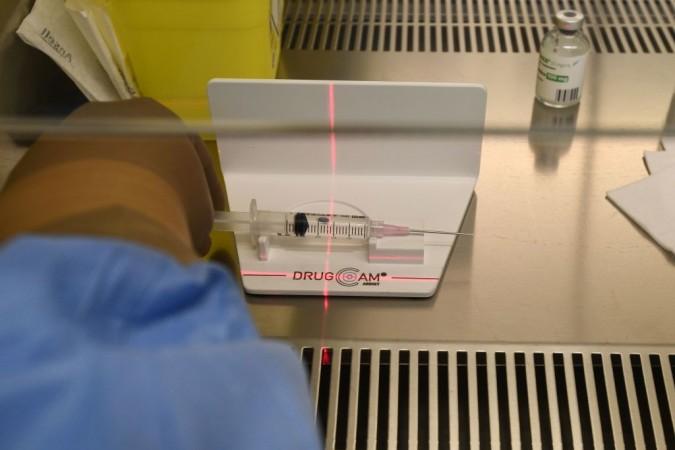
A break-through innovation by the University of Illinois researchers, who have developed a new tissue-imaging microscope system that can image living tissue in real time and molecular detail without any additional chemicals or dyes. The microscope can monitor tumors and their environment within cells and tissues as cancer progresses.
How does it work?
Instead of relying on the static images to conclude the possible interactions among the cell types, intravital imaging allows direct and longitudinal tracking of individual cells in their native environment.
The researchers have devoted enormous efforts in developing molecular markers to be used for intravital imaging to visualize cells and structures of interest in vivo.
The microscope mimics as a tool to provide insights on tumor progression. The scientists have named this microscope as simultaneous label-free autofluorescence multi-harmonic microscopy (SLAM). Precisely tailored pulses of light from the microscope simultaneously capture the image with multiple wavelengths.
The most amazing thing about the microscope is that it does not utilize any colors or synthetic dyes; it uses only light. The microscope is utilized on a living tissue, inside a living being, giving it an opportunity to be used for diagnosis or to control medical procedures.
Different differentiations from cells and tissues, catching sub-atomic level points of interest and elements, for instance, digestion, can be gathered by utilizing this microscopy.
Scientists observed mammary tumors in rats, alongside the tissue condition. Because of the concurrent information, they could also watch the range of dynamics as the tumors grew and how the procedures interacted.
The first author of the paper, Sixian You said, "SLAM allows us to have a comprehensive picture of this ever-evolving tumor microenvironment at subcellular, molecular, and metabolic levels in living animals and human tissue. Monitoring that process can help us better understand cancer progression, and in the future could lead to better diagnosis of how advanced a tumor is, and better therapeutic approaches aimed at halting the progression."
During the research, the scientists found that the cells near the tumor had differences in metabolism and morphology, which indicated that the cells were indeed recruited by cancer. Surrounding tissues creating an infrastructure to support the tumor, such as collagen and blood vessels were observed.
They also saw that the tumor cells and the surrounding cells communicated in the form of vesices, tiny transport packages released by cells and absorbed by other cells.
What's next?
The scientists will now use their technique to compare the healthy tissue with a cancerous tissue in both rats and human, focusing particularly on vesicle activity and observe how it relates to cancer aggressiveness.
Scientists are also working on making portable versions of the SLAM microscope to be used clinically.

















